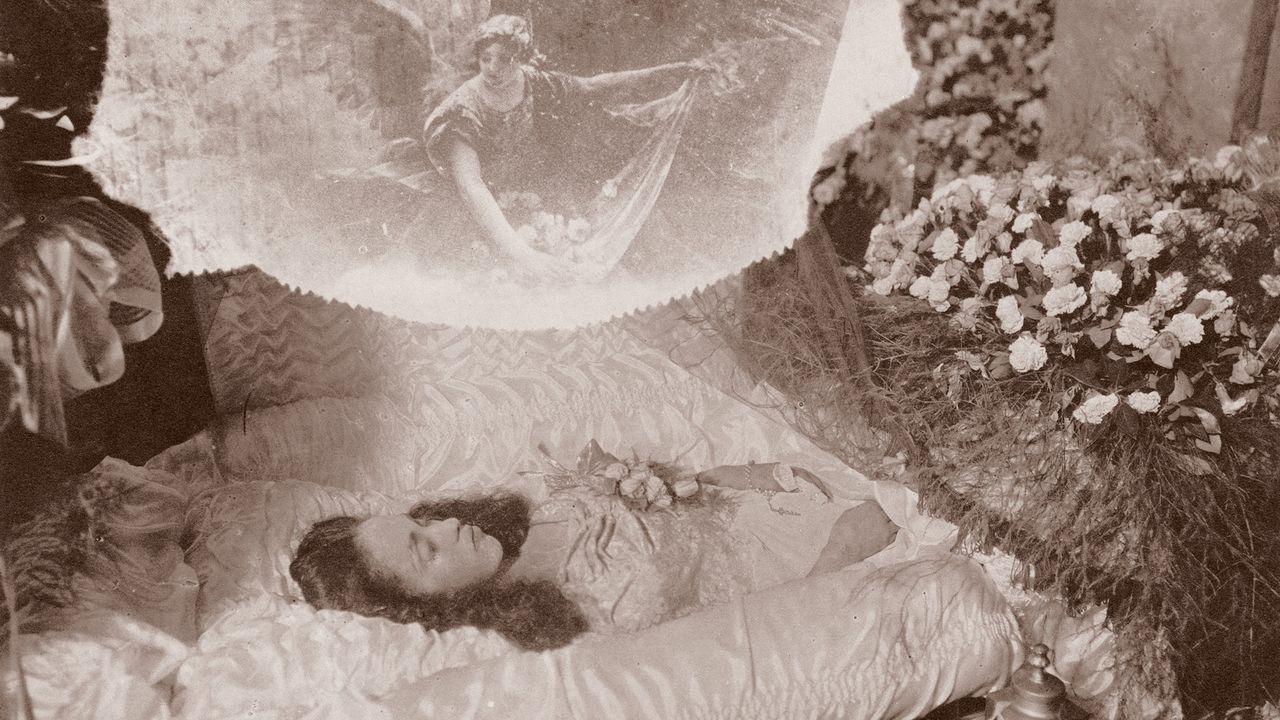
2025-11-01 2522词 晦涩
That was long before I met Dodson, in the early nineteen-seventies, when I was fourteen. We were introduced by a woman he’d known since elementary school, in Brooklyn—now a schoolteacher who worked with my mother and who, like my mother, believed that I had a future as a writer. Soon after that, Dodson invited me over to his place to pick up some books he wanted to give away; eventually, our relationship changed, and my casual benefactor became my complicated mentor. I spent a great deal of time after school in his beautifully furnished apartment on West Fifty-first Street and learned so much there. I saw things I had hitherto seen only in books or in my imagination: beautiful Cocteau drawings, Victorian sofas, free-standing candelabras straight out of a nineteenth-century play. Dodson also had an extensive collection of art and photography books, including a first edition of Henri Cartier-Bresson’s “The Decisive Moment,” and a book by and about a photographer I’d never heard of before, a man with a Dutch-sounding name: James Van Der Zee.
免责声明:本文来自网络公开资料,仅供学习交流,其观点和倾向不代表本站立场。